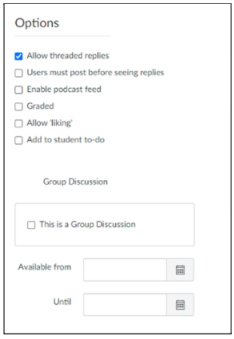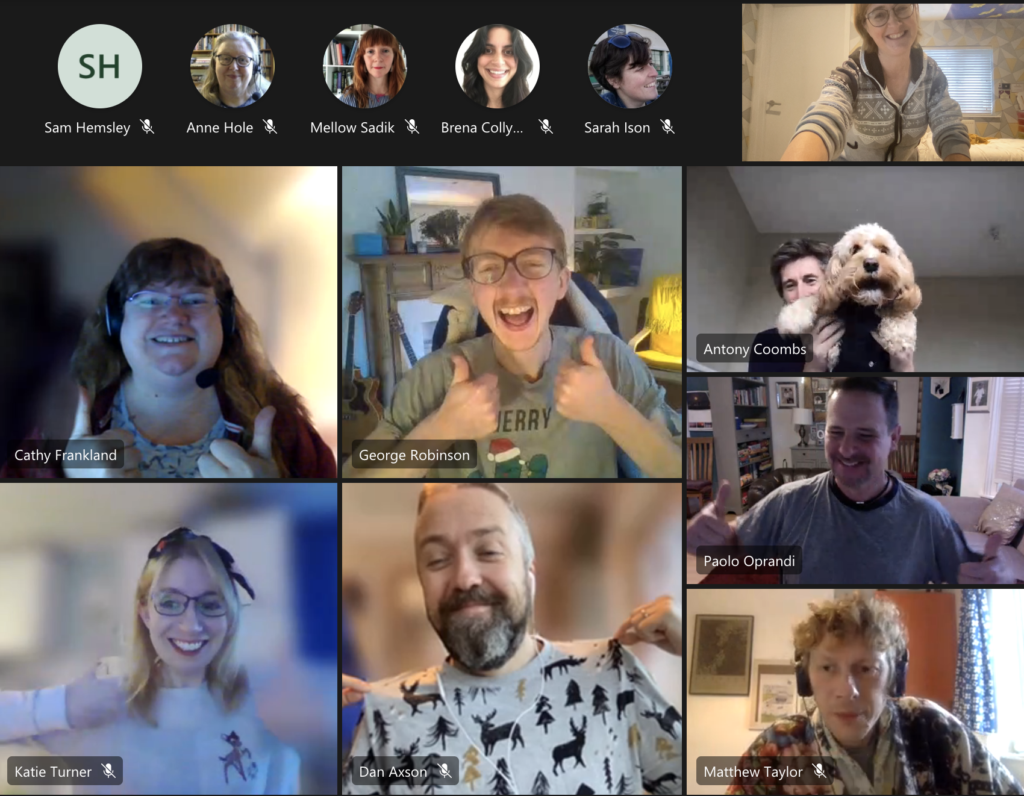Providing responsive and consistent feedback to students is an important if challenging part of assessment, however there are techniques and tools that can help you as a marker to leave great feedback. One of those techniques, and the focus of this blog post, is using rubrics.
What is a Rubic you may well be asking? The word rubric can have different meanings within a variety of contexts which can lead to some confusion. Within an educational context a rubric is defined as a consistent and coherent set of criteria for students’ work that includes descriptions of levels of performance quality achieved against marking criteria.
Marking criteria are essentially your standards of judgement for the assignment you have set. Your School will have a set of marking criteria for each assessment type. Such generic assessment criteria can be tailored to the individual assessments within your modules.
Marking or scoring rubrics, (also called ‘grading forms’) are a guide to marking against such generic standards of judgement. As such, rubrics set out how generic marking criteria have been tailored for, and should be applied to, a specific assessment task. Often constructed as a table or grid, rubrics map the agreed criteria against quality or grade descriptors.
Good rubrics also include explicit definitions of the quality expected for the different levels of judgement. Rubrics can incorporate precise scores for each criterion and level of achievement, or be used as a guide for assigning qualitative marks.
Rubrics allow teachers to structure their own observations of a student’s work against the description in the rubric. As feedback is supplied individually for each criteria it can then help a student to identify their work’s strengths and weaknesses and work out which areas of their work require improvement.
This also allows for cohesiveness in the feedback a student achieves, if they can compare feedback across different pieces of work that have all used the same rubric for their assessment then it creates a clearer path to improving their learning. Rubrics have also been found to reduce students’ anxiety and so support performance. Students report increased confidence and greater transparency into the marking process as they have a better idea of what is expected of their work and how it can relate to their grades.
So there are some researched benefits into using rubrics, but how can you go about using them in your assessments? Any submission using the standard e-submission workflows of Turnitn or Canvas Online (please note that assessments done have tools which allow you to attach rubrics to your assessments. Rubrics can be used for all sorts of assessments both summative and formative in a variety of contexts.
Turnitin
The way that Turnitin Feedback Studio allows you to create and mark with Rubrics is through the use of a grid-based form containing criteria (on the vertical axis), scales (on the horizontal axis) and descriptors (on the grid) where you can add predefined feedback comments.
Tutors can use this tool to provide feedback on a student’s individual piece of work by selecting the relevant boxes on the grid which indicate the performance level on the scale in relation to each of the criteria.
- Criteria defines the characteristic or property by which the work is being assessed.
- Scale defines levels of performance reached for each criteria. Typically based on a grade boundary or other performance indicator.
- Descriptor defines descriptive details of the standards and expectations to achieve each level of the scale within the context of the criteria
A single rubric can be created in order to provide consistency for marking all submissions, however each custom Rubric form can be reused, adapted and shared for use in other assessments. When students view their feedback inside Turnitin Feedback Studio they’ll be able to view this rubric and will be presented with the descriptor based on the scale they have reached for each specific criteria.
Canvas Online
Canvas Online allows you to create rubrics by defining criteria and ratings taking the form of mark values or mark ranges for each criteria. It’s also possible to define a set amount of points it’s possible to achieve in each criteria and you have the option of using these points to make up the students overall grade for the assessment. Points can however be disabled within the rubric itself. You also have the option to not use defined marks but to write freeform comments as feedback for each criteria.
Students will be able to view the rubric and the rating they have achieved (or freeform comments in the absence of a rating) when viewing their feedback within Canvas.
Further guidance and resources
TEL have created a Rubrics guidance page on our Teaching Online, Learning Anywhere site which hosts a variety of good practise, examples and guidance on using rubrics within your assessments. These Canvas Guides may also be helpful:
- How do I add a Rubric to a Canvas Online assignment?
- How do I use a rubric to grade a submission within Canvas Online?
- Creating and attaching Turnitin Rubrics Guidance
If you’d like any help in designing or applying rubrics then please get in touch with TEL at TEL@sussex.ac.uk

















